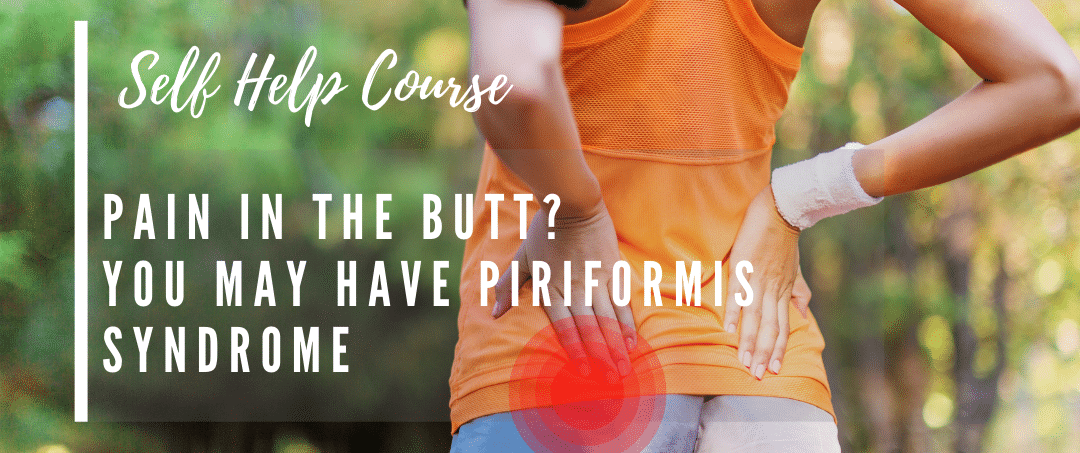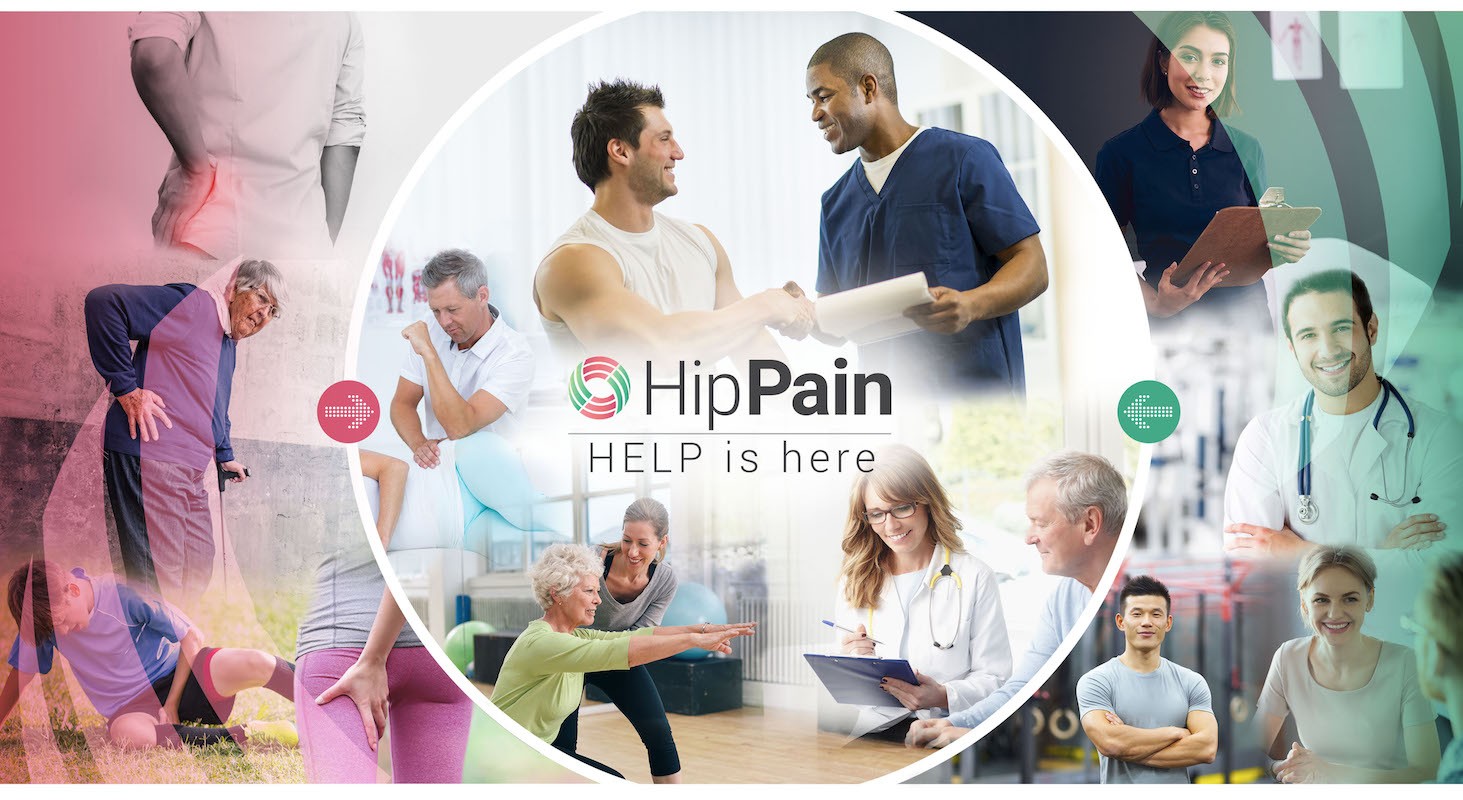Symptoms and Causes of Acetabular Hip Dysplasia
In part 2 of a 3 part blog series, we are looking at the usual symptoms of acetabular dysplasia and what the possible causes are. Acetabular dysplasia in the hips, also often known as developmental dysplasia refers to an underdeveloped hip socket on the pelvis, the “acetabulum”. This bony problem may in some people result in hip joint instability, early wear of the joint structures, and ultimately hip pain and osteoarthritis¹.
In the first blog we looked at what acetabular dysplasia actually is and the different types of dysplasia that exist. Click here to read more on this.
In our final blog, following this, we will look at what treatment options exist for acetabular dysplasia in the hips.

What are the usual symptoms of acetabular dysplasia
- Pain is usually described as a sharp pain, felt deep at the front of the hip or groin, or around the front, outer corner of the hip.
- Symptoms are often only present initially with more dynamic activities such as running, dancing or other sporting activities
- Over time, symptoms may be present during everyday activities such as walking, getting in and out of the car, twisting when standing on one leg and climbing up or downstairs
- It is also common to experience a feeling of weakness or heaviness of the leg, which is often described as a ‘dead leg’. With this feeling of weakness may come a lack of confidence in the stability of the leg, particularly when the weight is fully supported on that side.
- People with symptomatic dysplasia may also notice clicking and clunking noises coming from their hip. Lots of hips click, however, so clicking alone does not mean that there is a problem.
- A limp when walking may develop, associated with pain and/or muscle weakness

What Causes Acetabular Dysplasia?
Acetabular dysplasia may be either present at birth or develop during childhood. One-two percent of all babies are born with acetabular dysplasia². When a baby is born with this condition, it is usually referred to as either Developmental Dysplasia of the Hip (DDH) or congenital dysplasia of the hip. Congenital simply means something you are born with. In some newborns with very shallow sockets, the ball may easily slide out of the socket. In this case, a diagnosis of congenital dislocation of the hip may be given.
Risk factors related to an increased likelihood of DDH include:
- Being female: More than 80% of newborns with DDH are female³.
- Genetics: There may be a genetic factor running in the family, with likelihood increasing if there is a sibling with the condition, likelihood increasing further if one parent has the condition and even further if both parents have acetabular dysplasia4.
- Positioning of the baby in the uterus (womb): The likelihood of DDH is increased if the baby’s hips are held firmly crossed across the front of their tummy during pregnancy. This is more likely to occur if:
- the baby is large and/or the uterus is small. As the uterus is usually relatively smaller for the first pregnancy, the risk of DDH is greater for the first-born child.
- the baby has joint hypermobility (is extra-bendy)

- Positioning of the baby’s hips during birth: Likelihood of DDH is increased with a breech birth, where the baby passes through the birth canal bottom first, as opposed to head first.
- Positioning of the baby’s hips after birth: swaddling of babies, particularly of the legs is no longer recommended, because if the baby’s legs are held out straight and together for long periods, this can interfere with normal development of the hip sockets.

In at least 40% of cases where DDH is diagnosed however, there are no identifiable causes5.


How Can You Find a Hip Pain Professional That can Help?
A diagnosis of acetabular dysplasia in the hips is sadly often missed. If you suspect that you may have this condition, always seek out a health professional with extensive experience and up-to-date knowledge in this area. They will assess your individual specific case and help guide you on the where to and what next. Visit our directory to find a Hip Pain Professional near you.
Our first blog ( click here) looked at the types of acetabular dysplasia that exist that your Hip Pain Professional will be assessing for. Don’t miss out on our final blog that will take an in-depth look at the many treatment options that may be available to you.







